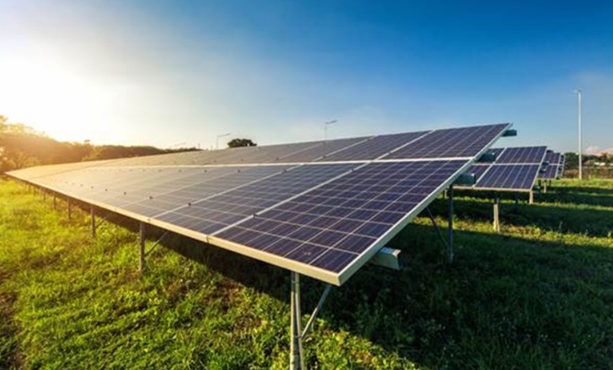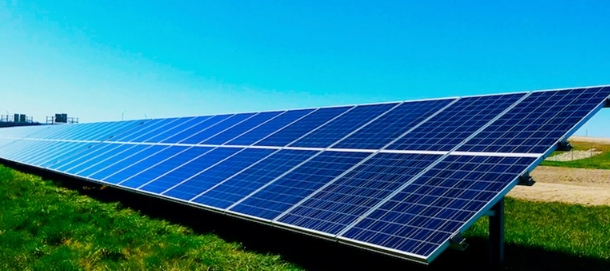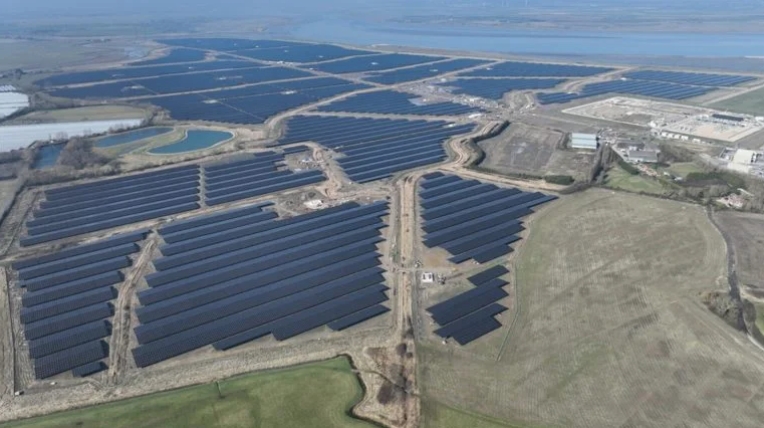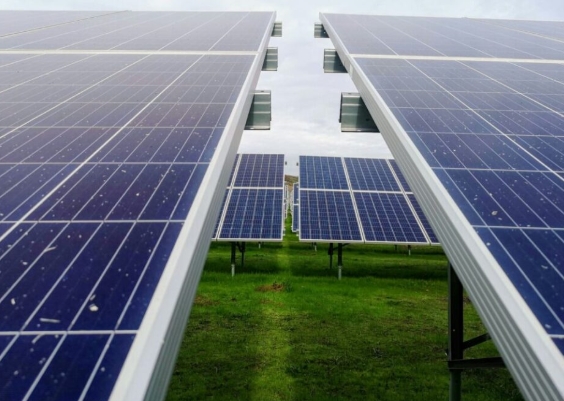The Covid19 pandemic has pushed economies around the world to a near-collapse not seen outside of wartime since the 1930s. Many governments have acted relatively swiftly with monetary and fiscal measures to try and prevent the worst economic outcomes from occurring. Developed country governments such as the US have significantly more latitude to implement large-scale debt-driven measures than developing country governments such as India.
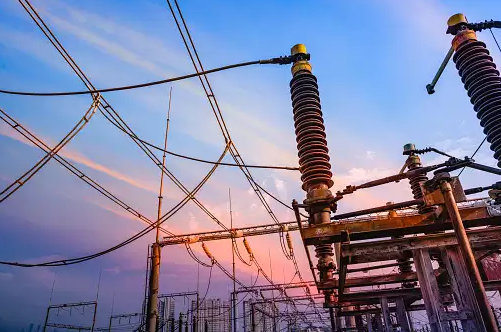
In order to finance the necessary bailout and relief measures at a meaningful scale, GoI needs to convince both global investors and Indian taxpayers that its economic recovery strategy will lead to rapid and sustained economic growth post-pandemic. This will help mobilize the required funds for a massive re-building initiative.
Focusing on policies that dramatically and systemically improve productivity and economic efficiency are the low-hanging fruit that could be easily picked. This will not only revive economic growth once the pandemic mitigation efforts are concluded but turbocharge it for the long-term. These steps could be applied to all sectors of the Indian economy, but here we will focus on the electricity sector.
The historic revenue collection problem for DISCOMs being significantly lower than the costs incurred has been massively exacerbated because of the ongoing national lockdown. While increasing revenue collection by raising electricity tariffs is a terrible idea, increasing efficiency and productivity might just help reduce the revenue shortfall without further hurting customers or slowing economic growth. These policies are not magical or ephemeral. They are well known to the GoI and have been discussed for years within the appropriate ministries and regulatory agencies; and are eminently implementable with the necessary political will. They would lower average electricity prices across the board and their implementation during the pandemic would send the appropriate signal to Indian taxpayers and international investors that India is serious about turbo-charging its economy in the post-pandemic era.
The disruption bought about by the pandemic provides GoI an unusually powerful negotiating position compared to state governments as well as businesses. GoI could use the current economic emergency to usher in broad reforms that otherwise faced institutional and political challenges.
There are four policies that – if implemented – would significantly reduce the cost and improve the reliability of electricity.
First, establish real-time competitive markets for electricity and its suppliers as the sole method of selling and buying electricity in India. Mandate all generators to sell into and all buyers (including DISCOMs) to buy from a national real-time electricity market supplanting existing contractual arrangements. Such a market was supposed to have become operational on 1 April 2020, but its opening has been postponed. Similarly, mandate all coal suppliers to sell into and all coal power plants to buy from a newly created national coal market supplanting existing fuel supply agreements. And lastly, mandate state-owned banks to provide working capital loans to enable participation in markets.
Competition based on short-run marginal costs across the entire value chain of the existing power sector (i.e. mining, transportation, finance, generation, transmission, and distribution) will ensure that the Indian economy is using the cheapest electricity possible. As renewable energy has zero marginal cost, this would maximize its use in line with GoI’s objectives.
Second, retire expensive and under-utilised coal plants that have been unable to run for a period of one year from the start of the real time electricity market. Demolish those that are unable to establish their financial viability even after two years and convert the locations to Special Economic Zones (SEZs) for use by industry since they already have the requisite infrastructure linkages. GoI has long identified such capacity for retirement but has been unable to find a way to retire them.
This is the least cost and most direct way to eliminate chronic “Non-Performing Assets” (NPAs), the absence of which will revitalize the balance-sheets of private investors, public-sector banks, DISCOMs, and state governments without the Indian government having to directly bail out each of these entities as it has been repeatedly forced to in the past. The revitalization of these balance-sheets will enable these actors to support investments in clean and economically sustainable electricity generation. This transition will further ensure India’s energy security while lowering consumer electricity costs.
Third, implement real-time electricity pricing for large consumers. Mandate all DISCOMs to pass on the real-time location-specific electricity price to its largest electricity consumers (e.g. monthly consumption greater than 1 MWh). This would incentivise those consumers to shift their consumption from high-price periods to low-price periods (e.g. thermal storage for air-conditioning) in addition to investing in conservation and energy efficiency measures (e.g. insulated walls, doors, and windows to reduce need for air-conditioning).
All these measures will provide opportunities for Indian businesses to lower their input costs while increasing the Indian power sector’s ability to integrate a growing share of intermittent renewable electricity. All these technologies are already being manufactured in India, and with increasing scale, there would be no need for any new imports.
Fourth, mandate DISCOMs to purchase all of the electricity output from all rooftop PV systems connected to the grid in their service territory that is available at a price lower than the DISCOMs average revenue recovered per kwh. This will ensure that the maximum feasible amount of electricity is generated close to its point of consumption, thereby minimizing transmission and distribution losses. Not only will the overall cost of electricity will be minimized but there will be a significant growth in local employment to support the installation and maintenance of rooftop PV systems as demand for their output increases. These investments in distributed electricity generation will be on the balance sheets of businesses and individuals thereby diversifying the long-term risks in the electricity generation sector.
